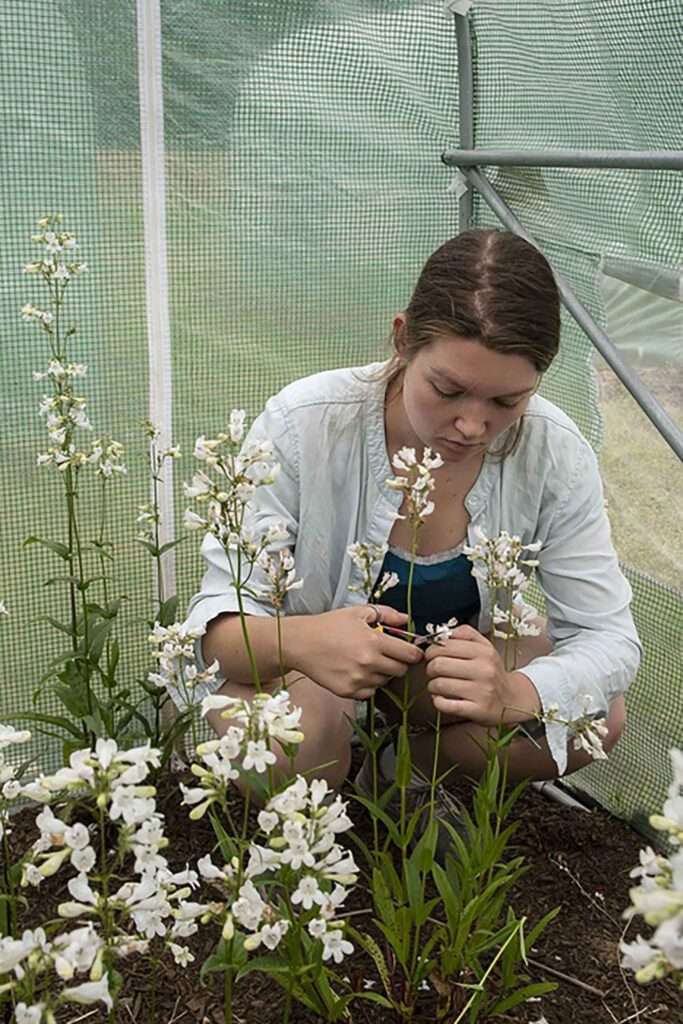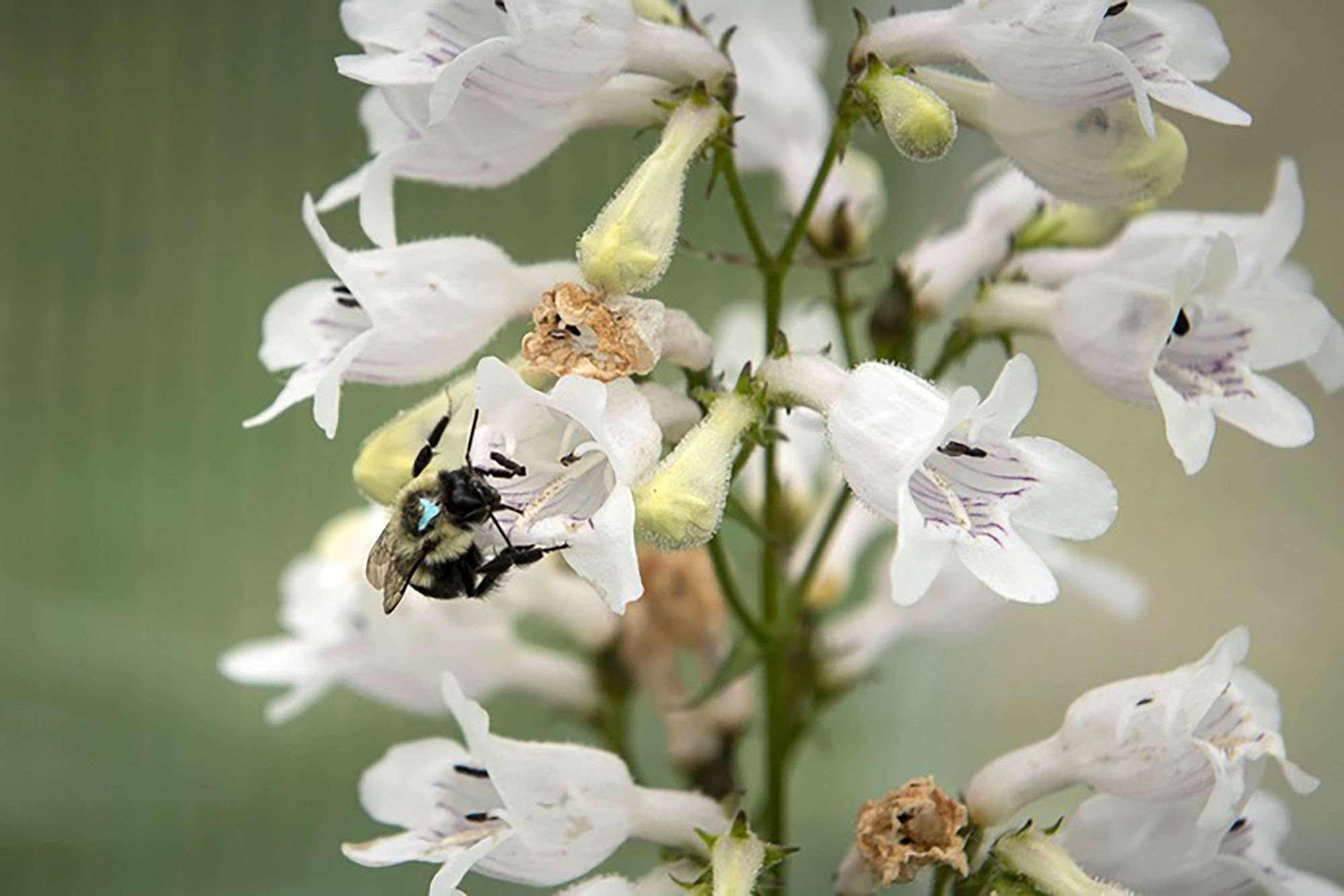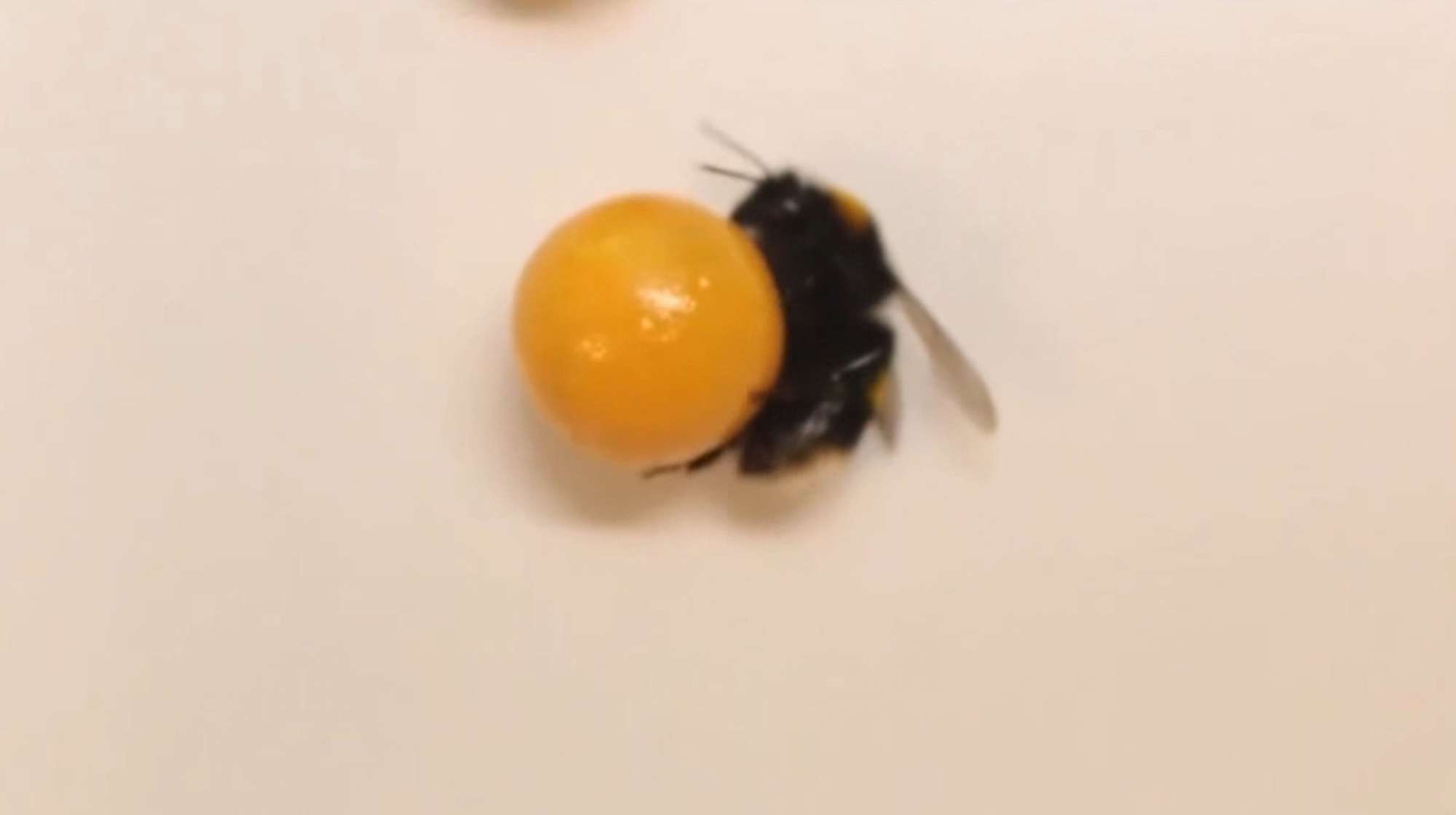Certain physical traits of flowers affect the health of bumblebees by enabling the transmission of a harmful pathogen, research at the University of Massachusetts Amherst has shown.
The scientific experiment masterminded by Jenny Van Wyk – who is a postdoctoral researcher and the study’s lead author – confirms that the length of a flower’s corolla seriously influences how a bumblebee parasite called Crithidia bombi gets transferred between the insects.
Shorter corollas mean that fewer faeces wind up inside the flower itself and in the path of the bees in search of nectar, according to Ms Van Wyk.
The bumblebee has been under threat by the excessive usage of pesticides and a continuing reduction of habitats. However, parasites have seriously endangered the insect – which is an important pollinator – as well.
Ms Van Wyk explained: “We are trying to gather information on how floral traits impact pollinator health so that we can think beyond species-specific information.
“Flowers with shorter petals may transmit fewer pathogens than flowers of the same species with longer petals. Bees crawl deep into flowers in their search for nectar. When the petals are long, a bee might wiggle its entire body inside.

“When that bee defecates, its faeces remain inside the flower, and the next bee to come through in search of nectar and pollen will wind up smeared in another bee’s poop. If that poop happened to contain Crithidia bombi, then the second bee would be at high risk for infection.”
The researcher underlined: “However, in shorter-petalled flowers, bees’ butts hang out and their faeces fall harmlessly to the ground.”
To reach this conclusion, the biology department experts planted patches of native wildflowers before enclosing them in tents.
They then put bumblebees into these tents. Half of them were healthy while the other half were inoculated with Crithidia bombi. The healthy insects were painted blue for identification reasons.
The physical traits of the flowers in each tent were altered to test which trait had the most impact on the insects’ condition.
The researchers and a group of students they asked for support used small scissors to trim more than 105,000 flowers to determine the impact of corolla length.
They also tested if the amount and the distribution of nectar played a role in the health of the insects by inserting a tiny nectar-filled pipette into more than 6,500 flowers and by squirting more of the sweet substance.
The team of researchers furthermore compared the activity at tightly and loosely bunched flower plantings.
To track which bees’ excrements landed where, Van Wyk and her colleagues fed the bees fluorescent paint. They then used a black light to locate the faeces.
The experiment revealed that pathogen transmission was reduced when the corolla lips were trimmed, when nectar was distributed evenly within a group of flowers or when the flowers were planted more widely apart. Higher levels of larvae production were registered at trimmed corollas and plant patches where the nectar was more evenly distributed.
Lynn Adler is a professor of biology at the University of Massachusetts Amherst and the study’s senior author.

Prof Adler said: “This work is really exciting and novel because there’s only a handful of studies that have compared how flowers from different species can transmit bee diseases – and only a single study, published more than 25 years ago, that manipulated a floral trait to establish its causal role in disease spread. Our work demonstrates that a wide range of traits may be important.”
Ms Van Wyk added: “The number one question I get when I give public talks is: ‘What should I plant for bees?’ Our research opens the door to further efforts to understand how specific physical flower characteristics support bee health, which can inform management practices.”
The University of Massachusetts Amherst researchers’ study entitled “The Manipulation of multiple floral traits demonstrates role in pollinator disease transmission” has been published in the journal Ecology.
The University of Massachusetts Amherst is a public higher education and research institution in Amherst in the US State of Massachusetts. It was founded as an agricultural college in 1863.











